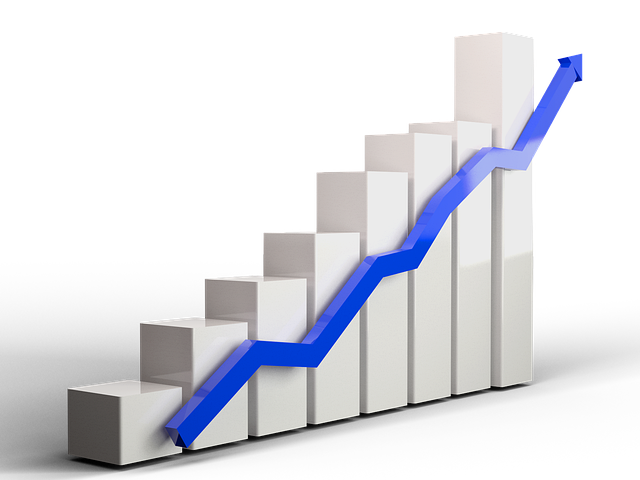Equipment financing is revolutionizing how businesses innovate and grow. In today’s digital era, securing funding for cutting-edge technology has become a strategic imperative. This article explores how equipment financing offers a powerful combination of cost savings, business growth, and capital preservation. We delve into the financial benefits of leasing vs. purchasing, strategies to maximize savings, flexible financing options, and how this approach provides an effective cash flow solution while enhancing overall financing advantages for businesses seeking a competitive edge.
- Cost Savings and Efficient Capital Allocation through Equipment Financing
- – The financial benefits of leasing vs. purchasing traditional equipment
- – How equipment financing can reduce upfront costs and long-term expenses
Cost Savings and Efficient Capital Allocation through Equipment Financing

Equipment financing offers a strategic path for businesses to achieve significant cost savings and efficient capital allocation. By leveraging this financing method, companies can acquire essential machinery, vehicles, or technology with minimal upfront cash outlay. This approach not only preserves valuable capital but also optimizes cash flow, allowing businesses to direct their financial resources towards other critical areas such as research and development or expansion plans.
The advantages of equipment financing extend beyond cost savings. It provides business owners with the financial flexibility they need to adapt to market changes and seize growth opportunities. With a structured repayment plan, companies can manage their cash flow more effectively, ensuring steady investments in assets that drive productivity and competitiveness. This cash flow solution facilitates continuous operations, enhances operational efficiency, and ultimately contributes to sustainable business growth.
– The financial benefits of leasing vs. purchasing traditional equipment

Leasing traditional equipment offers significant financial advantages over purchasing. By opting for a lease, businesses can achieve substantial cost savings by avoiding the upfront capital expenditure. This allows them to allocate their resources more efficiently, particularly in funding other areas crucial for business growth. Leasing also provides a powerful cash flow solution, as it ties the expense to the beneficial use of the equipment, ensuring that payments align with revenue generation.
Furthermore, this financing method preserves capital, which is essential for navigating unpredictable market conditions. It offers financial flexibility, enabling businesses to upgrade or replace equipment as technology advances without disrupting their operations. With a lease, companies can adapt quickly to changing needs, leveraging the latest innovations without the long-term commitment of ownership.
– How equipment financing can reduce upfront costs and long-term expenses

Equipment financing offers a strategic way for businesses to manage their finances and fuel innovation. By leveraging this financial tool, companies can significantly reduce upfront costs associated with acquiring new equipment or upgrading existing ones. This is particularly beneficial for startups and small businesses that may lack substantial capital reserves. Instead of tying up cash flow in large purchases, businesses can obtain the necessary equipment through lease agreements or loans tailored to their specific needs. Such financing options often come with flexible repayment terms, allowing companies to allocate funds more efficiently and direct resources towards other critical areas, like research and development or marketing initiatives, driving business growth.
Moreover, equipment financing provides a powerful cash flow solution, preserving capital that would otherwise be tied up in fixed asset purchases. This financial flexibility is crucial for navigating unpredictable market conditions and seizing emerging opportunities. Businesses can avoid the long-term expenses of owning and maintaining equipment, as lease agreements typically include options for upgrading or replacing assets after a certain period, keeping operations modern and cost-effective. With these advantages, companies can focus on strategic planning, adapt quickly to industry changes, and ensure sustainable business growth without compromising financial stability.
